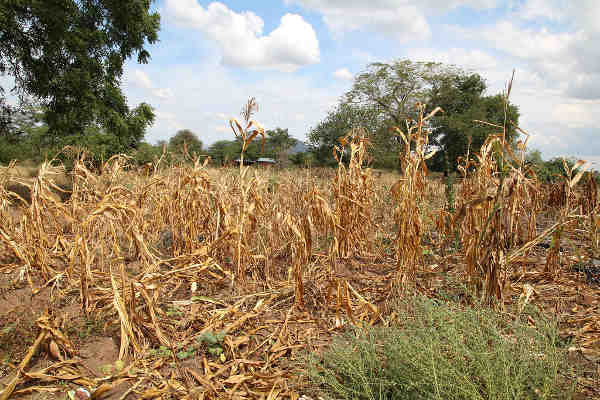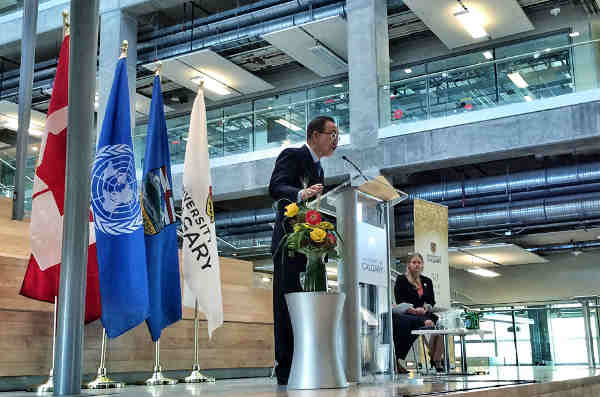2016 Will be the World’s Hottest Year

Global temperatures for the first six months of this year shattered yet more records, and mean that 2016 is on track to be the world’s hottest year on record.
Arctic sea ice melted early and fast, another indicator of climate change. Carbon dioxide levels, which are driving global warming, have reached new highs.
Two separate reports from the U.S National Oceanic and Atmospheric Administration (NOAA) and NASA’s Goddard Institute for Space Studies (NASA GISS) both highlighted the dramatic and sweeping changes in the state of the climate.
June 2016 marked the 14th consecutive month of record heat for land and oceans. It marked the 378th consecutive month with temperatures above the 20th century average. The last month with temperatures below the 20th century average was December 1984.
“Another month, another record. And another. And another. Decades-long trends of climate change are reaching new climaxes, fuelled by the strong 2015/2016 El Niño,” said World Meteorological Organization (WMO) Secretary-General Petteri Taalas.
“The El Niño event, which turned up the Earth’s thermostat, has now disappeared. Climate change, caused by heat-trapping greenhouse gases, will not. This means we face more heatwaves, more extreme rainfall and potential for higher impact tropical cyclones,” said Mr. Taalas.
Carbon dioxide concentrations have passed the symbolic milestone of 400 parts per million in the atmosphere so far this year. CO2 levels vary according to the season, but the underlying trend is upwards. They showed a surprising increase for the first half of 2016, rising in June 2016 to nearly 407 ppm, 4 ppm greater than June 2015.
“This underlines more starkly than ever the need to approve and implement the Paris Agreement on climate change, and to speed up the shift to low carbon economies and renewable energy,” said Mr. Taalas.
United Nations Secretary-General Ban Ki-moon has invited leaders to a special event on 21 September to deposit their instruments of ratification, acceptance, approval or accession to the Paris Agreement on climate change. It will also provide an opportunity to other countries to publicly commit to the agreement before the end of 2016.
The average temperature in the first six months of 2016 was 1.3°C (2.4°F warmer than the pre-industrial era in the late 19th century, according to NASA.
NOAA said the global land and ocean average temperature for January–June was 1.05°C (1.89°F) above the 20th century average, beating the previous record set in 2015 by 0.20°C (0.36°F).
Each month was record warm. Most of the world’s land and ocean surfaces had warmer to much-warmer-than-average conditions.
The El Niño event which developed in 2015 and was one of the most powerful on record contributed to the record temperatures in the first half of 2016. It dissipated in May.
WMO uses datasets from NOAA, NASA GISS, the UK’s Met Office and reanalysis data from the European Centre for Medium Range Weather Forecasting (ECMWF) to calculate global temperature statistics for its annual state of the climate report.






